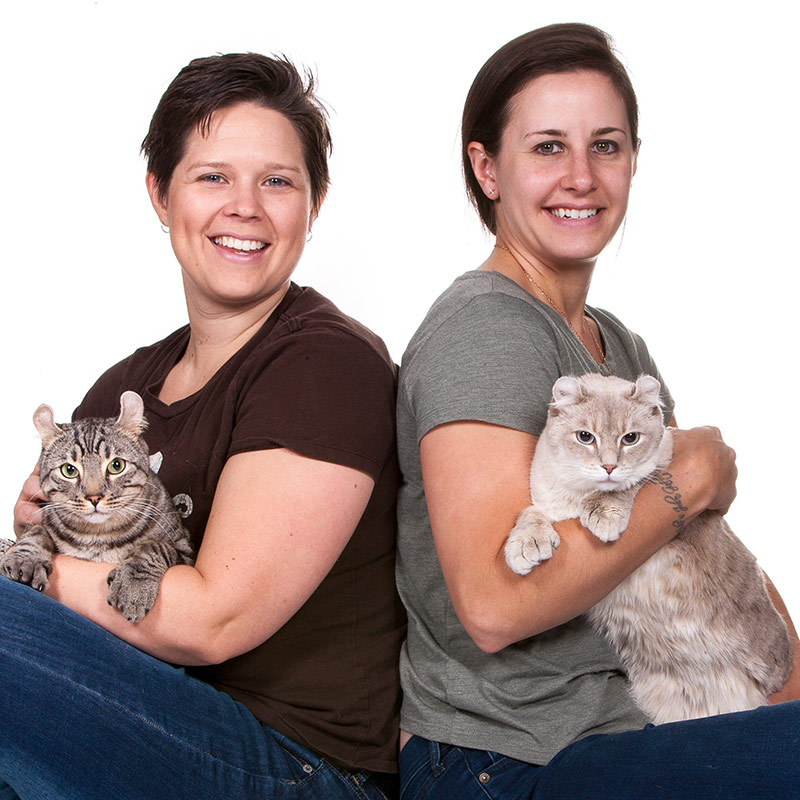We’ve never understood why someone would want insurance that stops paying if you use it. Whether your pet needs one visit or a lifetime of care for chronic conditions, we’ll keep paying for covered expenses.
We don’t punish unlucky pets.
Arlo

REIMBURSED: $10,105
Sydney NSW
Condition: Meningitis
“The everyday incidents that can happen are all covered by Trupanion in the same personal and efficient manner. We recommend Trupanion to everyone. Their caring approach along with a choice of premiums and the insurance coverage has made us very happy customers.” Cassie
Willow

REIMBURSED: $5,784
Sydney NSW
Condition: Seizures
“A big thank you to Trupanion for looking after Willow. We appreciate it more than we can say.” Kate
Auri and Beans

REIMBURSED: $43,707 CAD
and $4280 AUD
Calgary (CA) and Sydney NSW
Condition: Digestive Issues and allergies
“Clarity of coverage, great coverage options (in Australia there’s really nothing that even comes close) and complete ease and support in the claims process. We’ve never had any problems, and for some reason with Beans our premium didn’t go through the roof, even though I was waiting for it and it would have been completely understandable!” Loren
Not all pet insurance payouts are created equal
When insurance companies talk about “payout limits,” they’re referring to the maximum amount of money they are willing to pay you. These limits usually come in one of three forms:
SUB LIMITS
Coverage ends after a specified amount of money has been paid for a certain condition. This limit exists EVEN IF you have remaining money within the cap or total limit of the policy!
Example:
A pet insurance company sets a $2,500 payout limit for treatments related to cruciate disease (knee). If your pet needs treatment, once you’ve been reimbursed $2,500 you’ll have to pay all costs related to cruciate disease. Ask your vet what they typical charge for cruciate treatments.
ANNUAL LIMITS
Once you hit your annual reimbursement limit, your coverage ends for the remainder of the calendar year. The limit resets at the beginning of the year.
Example:
A pet insurance policy with an annual limit of $2,000 will only pay you that amount in one year, even if your pet’s medical conditions cost thousands more.
LIFETIME LIMITS
You are reimbursed up to a set dollar amount, and then the insurance coverage ends.
Example:
A pet insurance company with a lifetime limit of $10,000 will pay up to that amount. If your pet develops a severe or chronic condition requiring additional or more expensive care, you will be responsible.
With limited payouts, you’re betting that your pet will never experience a condition that will cost more than your pet insurance company will pay out.
Trupanion offers unlimited payouts with no sub limits
We are the only provider to have no payout limits, but also importantly no sub limits. Sub limits are just yet another way some insurers seek to limit your coverage whilst you could be under the impression you have adequate coverage. Common examples of sub limits with some insurers are orthopaedic conditions (cruciate), hip surgeries and tick paralysis treatments. So when you are doing your research, make sure you check out all the tricky sub limits that can exist, remembering Trupanion doesn’t have any payout or sub limits.
A Trupanion policy will never limit your cover with payout limits or sub limits on eligible claims.
When doing your research, don’t limit your options
In researching your pet insurance plans, be sure you choose a provider that doesn’t limit your options.

Unlimited payouts for every pet. No sub limits.
Vet’s Choice
Annual limits starting at $12,000 with sub limits as low as $2,500
Petplan Essential
Conditions are covered for 12 months, then that condition is excluded
Woolworth’s
Annual limits starting at $5,000
RSPCA
Annual limits starting at $11,000
MoneySmart Australia estimates the total cost of owning a cat or dog to be between $3,000 and $6,000 just in the first year of its life. On top of this, you’ll need to pay for vet bills if your pet gets sick or injured.
Many pet insurance companies offer unlimited plans with “optional” payout limits. Adding payout limits can lower your monthly cost in the short term, but may leave you unprotected from expensive surprise veterinary bills in the future.
Only you know your budget well enough to decide if you’d rather pay a few dollars less each month, or if you would rather have unlimited payouts on expensive injuries and illnesses in the future.
We don’t see the value in a policy that might not pay when you need it most, so our cover applies for the life of your pet, per-condition. Once it’s covered, it’s covered.
Take cost out of the care equation.
We love informed decisions. See our policy for full coverage details.

